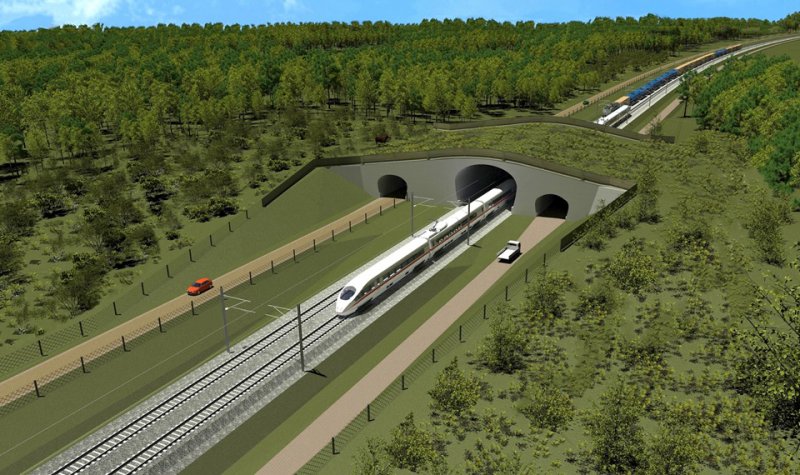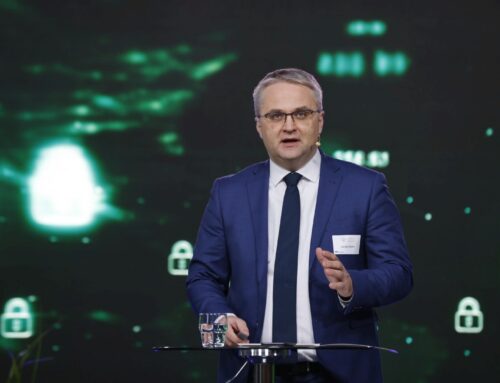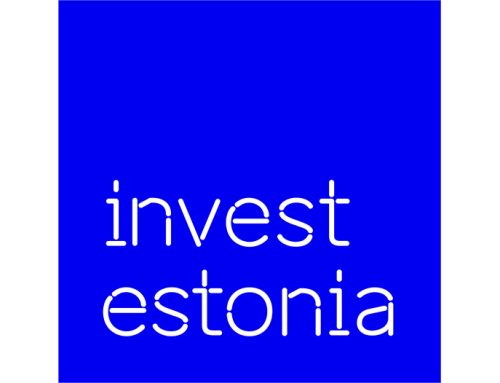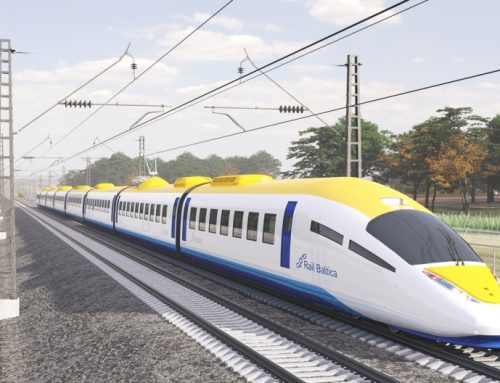The risk analysis of the planning and construction phase of the Estonian part of Rail Baltica project, recently completed in cooperation of Ernst & Young Baltic and TRINITI, mapped the risks embedded in the major international project. The analyses also provides input for establishing a comprehensive risk management system.
“The completed risk analysis and consequent establishment of the risk management system constitute an integral part of managing a major complex project such as Rail Baltic. It is a method necessary to be prepared for unexpected circumstances and alleviation of their potential impact”, said Indrek Orav, the head of Rail Baltic Estonia.
According to Siim Aben, the representative of Ernst & Young Baltic, a company coordinating the performance of the risk analysis, attention was paid inter alia to risks related to financing, project management and procurements of the Rail Baltica project, realisation of which would have negative impact on the project. Risk impact was assessed in four categories – money, time, quality, and reputation.
Advocates Tõnis Tamme and Sandor Elias participated in the preparation of the risk analysis on behalf of TRINITI. According to TRINITI partner Tõnis Tamme, the risk analysis of the Estonian part of Rail Baltica provided another excellent opportunity to implement the unique knowledge and expertise of the law firm in the largest ever infrastructure project in the Baltic States.
Certain risks related to Rail Baltic project are associated with a scenario where EU funding is reduced for whatever reasons. Another significant risk area pointed out by the analysis refers to the occurrence of failures in international project coordination, which may obstruct the exchange of information, functionality of decision-making processes and thus affect project implementation.
Risk analysis also concerns potential risks associated with the organisation of procurements and project management in general, considering that in Estonia the project involves several different agencies and organisations, such as Rail Baltic Estonia OÜ, the Ministry of Economic Affairs and Communications, Technical Regulatory Authority, Land Board, and county governments. Furthermore, some of the highlighted risks include failed procurement strategy or failed single significant procurements that may affect project cost and adherence to the prescribed schedule.
Risk management of a project consists of continuous monitoring and periodical reassessment of risks and informing the project managers if risks escalate.






